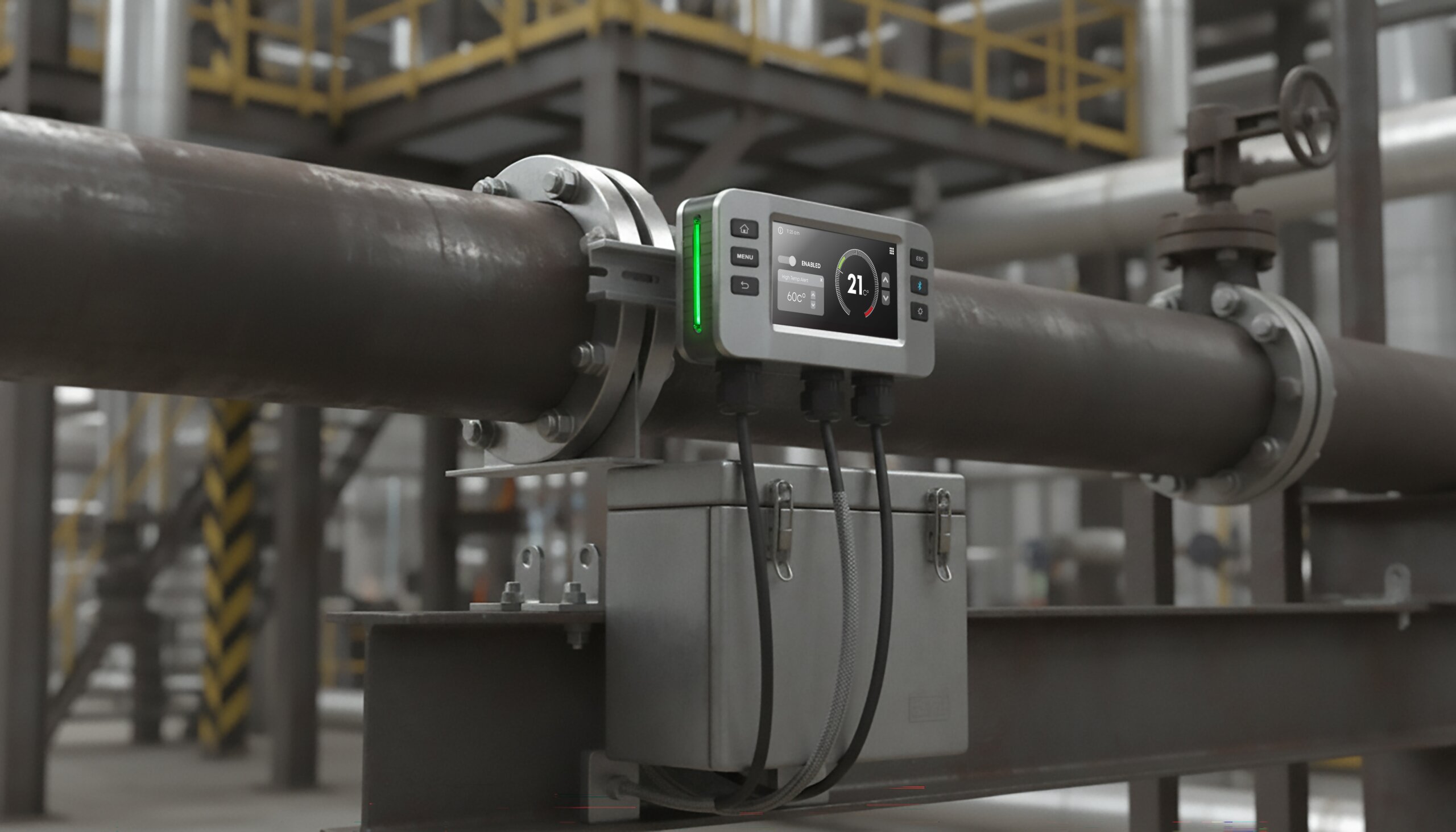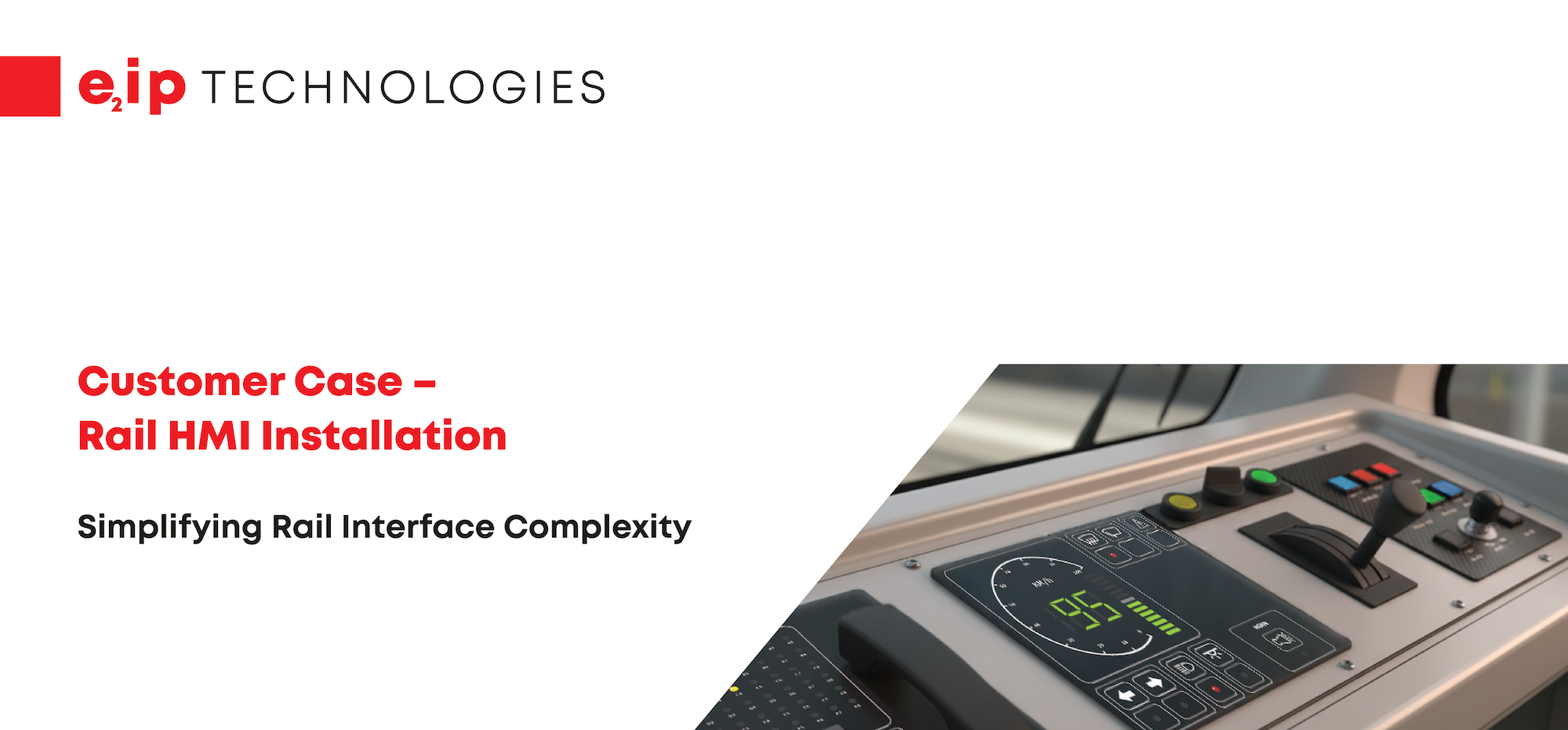All about membrane switches
The first real membrane switches came to market in the early 1980s. But like many innovations, when they were first introduced they were believed to be less efficient. Material was brittle and they were considered a cheap solution because the switch and keyboard didn’t cost very much to manufacture. However, membrane switches and keyboards have undergone many improvements and today are used in a myriad of electronic devices because they have a sturdy user interface. They offer various advantages to the end user and have become indispensable in many industries.
You’re probably familiar with membrane switches on calculators, remote controls, and electronic locks. In contrast to mechanical switches that contain copper and plastics, membrane switches consist of several layers of printed circuits on film. They come in tactile and non-tactile forms that many industries have benefited from, particularly because membrane switches take up less space than their mechanical alternatives.
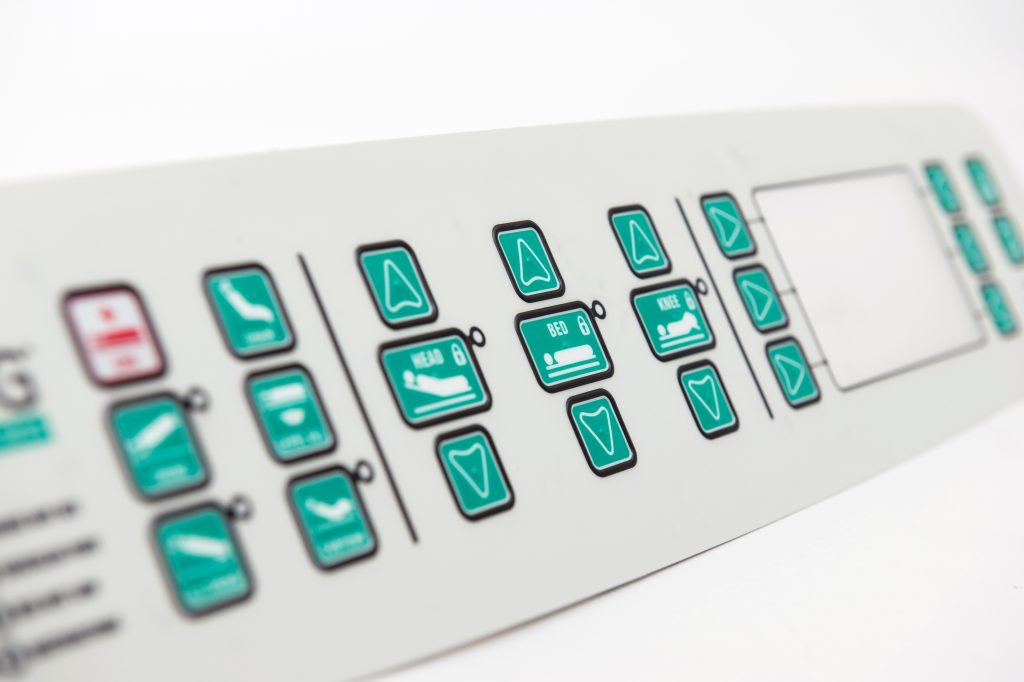
Tactile Membrane Switches
Tactile membrane switches are most commonly used because they deliver feedback to the user after being pressed. The buttons on the switch have a graphic overlay that has symbols or icons, such as the numbers on a keypad. A tactile membrane switch contains metal domes that push against a conductive footprint when the user presses on the buttons; this spurs an action.
The medical, aerospace or transportation industries have adapted tactile membrane switch technology into their devices because it allows for a smaller amount of components, can be integrated into portable devices, and is lightweight with optimal visibility.
As an example, you will find membrane switch technology throughout medical facilities, including:
-
Hospital bed controls
-
Ultrasound systems
-
Thermostats
-
Patient monitoring equipment
Membrane switches are also commonly used in the aerospace industry. They can be integrated into:
-
Seat controls
-
In-flight entertainment
-
Passenger control units (signage, mood light etc)
When membrane switches are used in the medical industry, they are vulnerable to an assortment of elements such as bacteria, mildew, and cleaning products. That’s why e2ip technologies uses anti-microbial materials when designing and manufacturing hospital bed controls for the benefit of the environment, as well as the patients and healthcare providers. Our experts ensure that membrane switches are also designed for a long life cycle so the controls won’t fade with continual use.
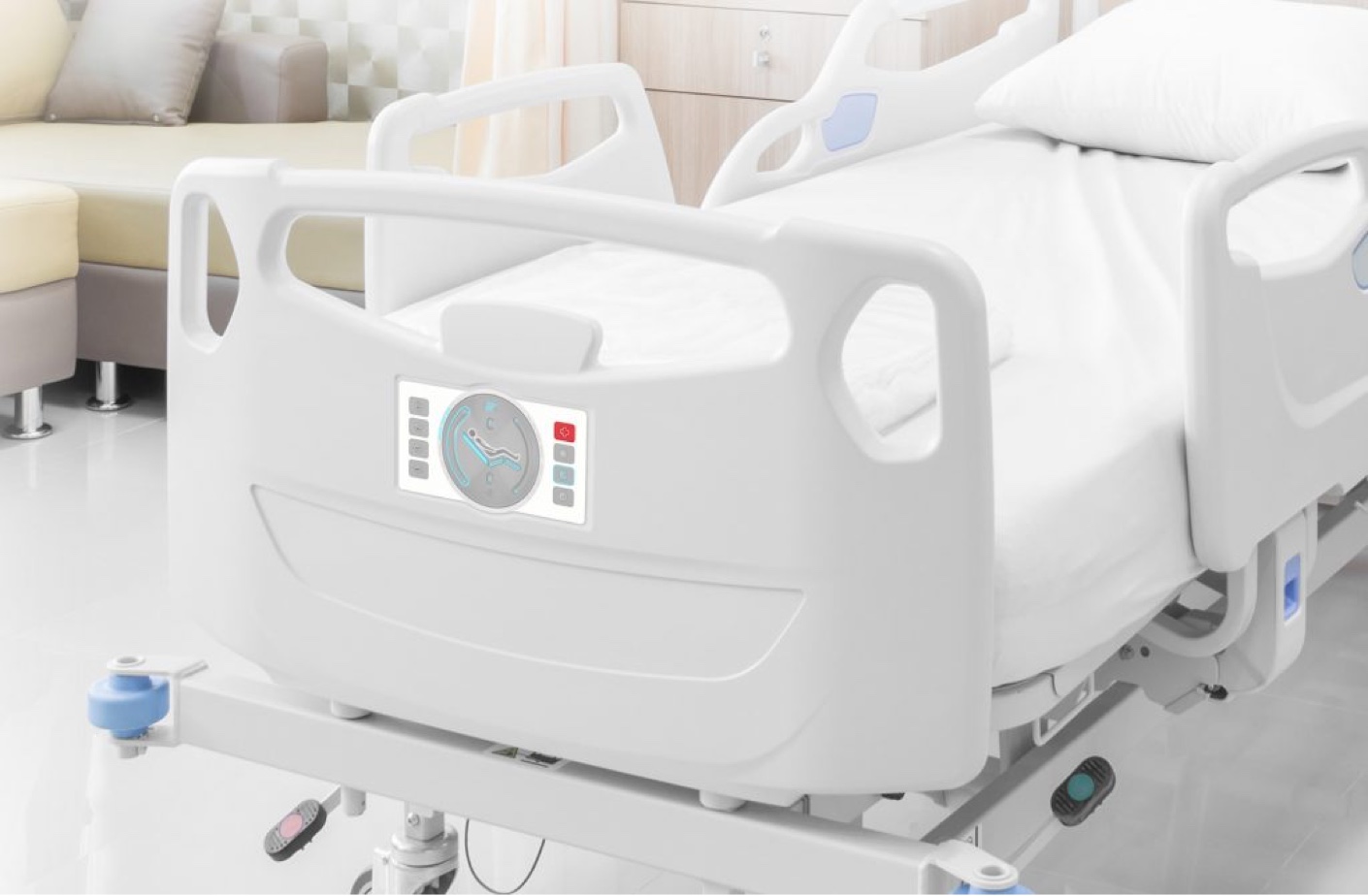
Non-Tactile Membrane Switches
Non-tactile membrane switches are self-contained units and do not provide a high level of feedback, so they are often paired with an auditory signal or visual display to facilitate ease of use. However, they are remarkably cost-efficient and perfect for flat and thin surfaces. A common example is a non-tactile keypad on microwaves that uses an auditory signal to indicate it received your request. Designers and engineers prefer this type of membrane switch because it allows for keypad shaping and sizing customization.
Applications
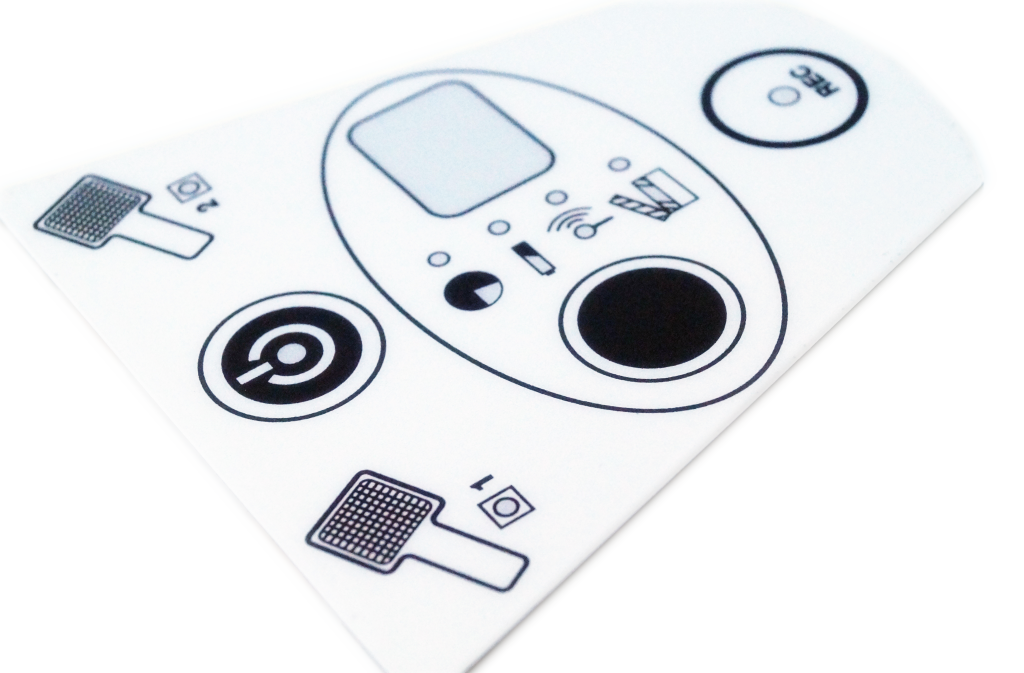
The transport industry utilizes non-tactile membrane keypads, which are found on their vehicle’s speedometer and at gas stations. The indicators of gas level and speed do not require any tactile action, but the user of a vehicle needs to know and clearly see these levels as they drive. e2ip technologies provides non-tactile membrane switches with embossed windows and backlighting by LEDs to clearly indicate status. These types of keypads are cost-effective with user-friendly designs.
e2ip technologies specializes in custom membrane switches to ensure their integration into any product application for the medical, aerospace, industrial, transport, and defense industries. We strive to develop and improve leading-edge technological solutions on a global scale. Contact us today by calling 1-866-631-6662 or filling out our online request

